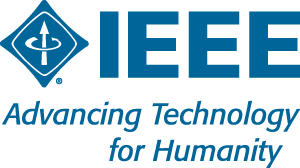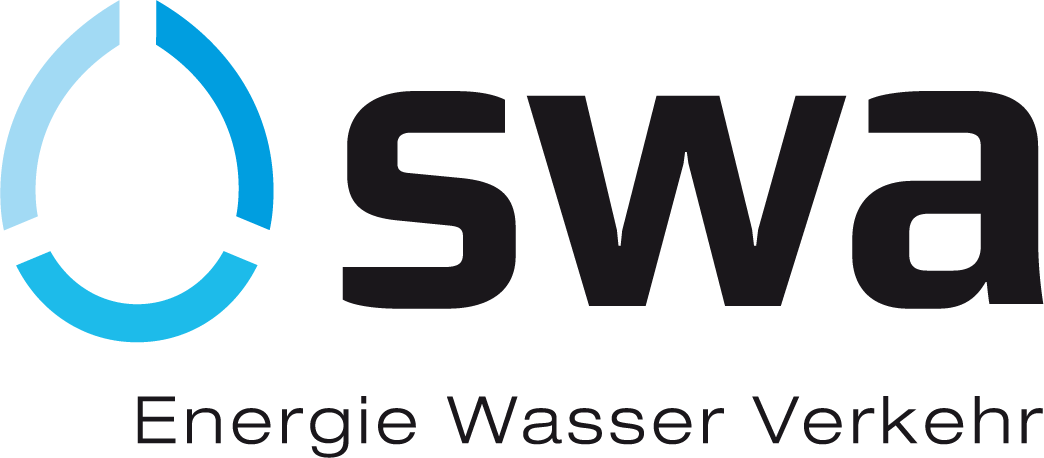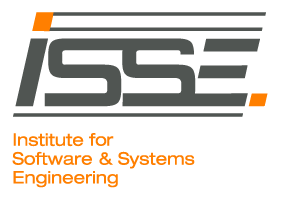Tutorials
Knowledge Level Models of Situations and Situation Assessment: Theory and Applications
Monday 12th September 2016

Presenter
Odd Erik Gundersen
Department of Computer and Information Science
Norwegian University of Science and Technology
Trondheim, Norway
Tutorial Description
The concept of a situation is central to the situation management community. Still, the concept is not clearly defined and often research on the topic rarely refers to the definition of situation that the research is based on. The tutorial will present different definitions of the concept situation and complexities related to defining situation. Commonalities of the definitions will be discussed and formulated formally. The formal framework will be used to discuss situations that develop over time, observers of situations, future situations, the concept of history, explanations and justifications of predictions.
The three sub-processes of situation assessment are described by Mica Endsley’s model of situation awareness. However, while the levels are given detailed descriptions, they are not related directly to any definition of the concept of a situation. By analyzing the concept of a situation in relation to the situation awareness levels, the situation awareness levels can be decomposed further into more fine-grained levels.
Context is an elusive concept as well. The tutorial will present some central definitions of context. These definitions will be discussed and analyzed in relation to the concepts situation and situation assessment. Furthermore, the role of context in situation assessment will be analyzed, and a context element ontology will be presented.
Examples of how the knowledge level model and the formal framework can be used to analyze domains will be given for use cases in oil well drilling and emergency services.
Intended Audience
The intended audience is everyone that is interested in situation management, as the tutorial provides an introduction and overview to central concepts in situation awareness and situation assessment. However, the knowledge level model is most suited for researchers and software developers that develop systems that perform situation assessment and need to model situations.
Model-based Cloudification of Critical Applications


Monday 12th September 2016
Presenters
Prof. András Pataricza, Imre Kocsis, László Gönczy
Budapest University of Technology and Economics, Department of Measurement and Information Systems
Tutorial Description
As more and more critical services are deployed in cloud-based environments, the design for dependability and performance over complex and partially uncontrolled platforms is becoming a key issue in several domains. The proposed tutorial aims at giving methodology and practical tools which help an end-to-end process for “cloudification” of applications and creating policies for the operation of such systems. We propose qualitative models which follow the engineers’ way of thinking in system level assumptions and capture consequences of design decisions on system topology, deployment and characteristics of application level processes.
The method can be used for performance design (including measurement/benchmarking campaigns and SLA definition) and evaluation of deployment alternatives. Derivatives of high level models can be used runtime for monitoring and control, diagnosis purposes and proof of correctness of supervisory control as well.
The tutorial introduces qualitative modelling of IT system performance and dependability. Approaches for partial models reflecting individual aspects and validation – first-principles, engineering knowledge capture, synthesis from existing models, exploratory data analysis – are demonstrated. Hands-on model building will be performed using benchmark results of a distributed, soft-real time cloud application. Further hands-on activities show the application of the simulated model for evaluating dependability/performance test coverage, diagnosis and evaluating the effects of static and dynamic dependability mechanisms. Moreover, we present how the findings can be utilized as a solid basis for assuring self-* properties.
Intended Audience
Targeted audience of the tutorial are professionals as well as researchers working in cloud application dependability and performance assurance can highly benefit from the tutorial. The potential application area is wide, ranging from general-purpose OLTP-style cloud applications through Network Function Virtualization to cloud backends of Cyber-Physical Systems. A large part of the material is easily adaptable to enterprise systems and certain blocks apply to embedded systems, too.
Context for adaptive Information Fusion
Friday 16th September 2016
Presenter

Dr. Lauro Snidaro
Dept. Mathematics, Computer Science, and Physics
University of Udine
Udine, Italy
Tutorial Description
Over the last few years, context-aware Information Fusion (IF) has gained increasing attention. Contextual Information (CI) can be understood as the information that “surrounds” an observable of interest, possibly influencing its state or even the sensing and estimation processes themselves.
The development of IF systems, to include data-, sensor-, and feature-level fusion, is a necessary engineering process in diverse applications, and new domains are more and more requiring an increasing degree of contextualized solutions and situation-adaptation mechanisms.
Typical advantages provided by the exploitation of CI include constrained estimates, refined inferences, and process adaptation.
Therefore, understanding and exploiting CI can be a key element for improving the performance of IF algorithms and automatic systems in general that have to deal with varying operating conditions.
Application examples include: context-aided surveillance systems (security/defence), traffic control, autonomous navigation, cyber security, ambient intelligence, ambient assistance, etc.
The purpose of this tutorial is to survey existing approaches for context-enhanced IF, covering the design and development of solutions integrating sensory data with contextual knowledge.
After discussing CI in other domains, the tutorial will focus on context representation and exploitation aspects for IF systems. The applicability of the presented approaches will be illustrated in fusion processes at different levels: from target tracking to situation assessment and reasoning.
Topics will include
- Representation and exploitation of contextual information at different levels of an IF system
- Managing of heterogeneous contextual sources
- Adaptation techniques to have the system respond not only to changing target’s state but also to the surrounding environment
- Architectural issues and possible solutions
- Augmentation of tracking and situation assessment algorithms with contextual information
Intended audience
- Computer scientists
- Students
- Information Fusion practitioners
Solving Soft Constraint Problems in Autonomic Systems with MiniBrass

Friday 16th September 2016
Presenter
Alexander Schiendorfer
University of Augsburg
Tutorial Description
Combinatorial optimization problems (possibly NP-hard) present themselves in various facets of self-organizing and autonomic computing systems -- in particular during the planning phase of the well-known MAPE loop. Examples thereof include resource allocation, role allocation, team formation, task scheduling/planning, or combinatorial auction. Desirable (or even valid) goal states adhere certain logical constraints. If not all goals can be achieved, developers are required to supply preference specifications to agents acting on their behalf. Instead of developing dedicated optimization algorithms for each of these problems, one can resort to constraint modeling languages and have the problem solved by efficient, highly-optimized solvers. In combination with user-friendly preference formalisms, this technology can be be a valuable asset in the repertoire of researchers in autonomic systems. This tutorial provides an accessible, practical introduction to the field, exemplified by various models taken from the domain of self-organizing systems, in MiniBrass -- a soft constraint library extension to the state-of-the-art constraint modeling language MiniZinc.
Intended Audience
Researchers in self-organizing/autonomous systems that are interested in the systematic development of optimization models for state-of-the-art solvers. The tutorial targets possible “end-users” and not necessarily “developers” of either modeling languages or constraint solvers.










